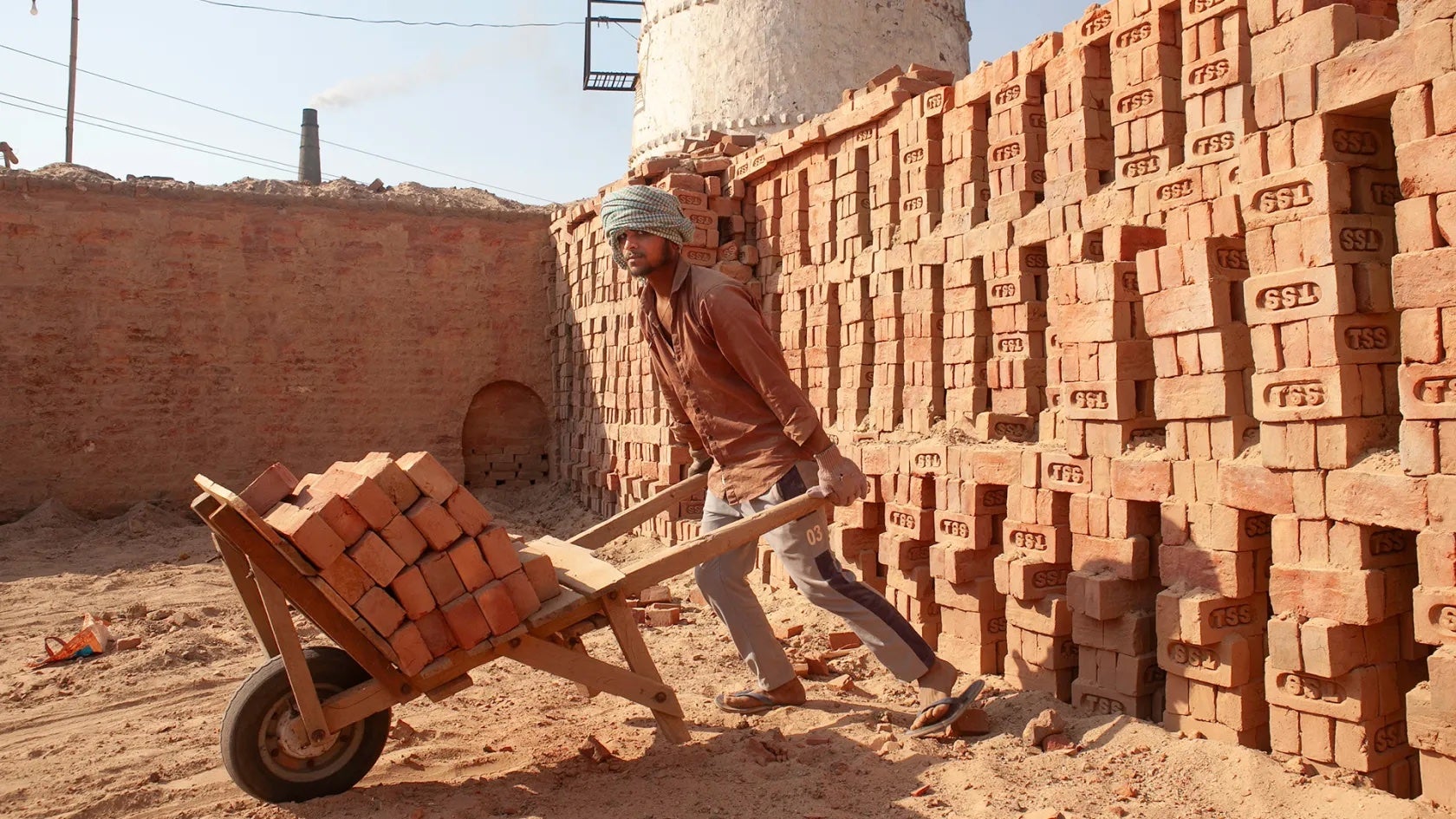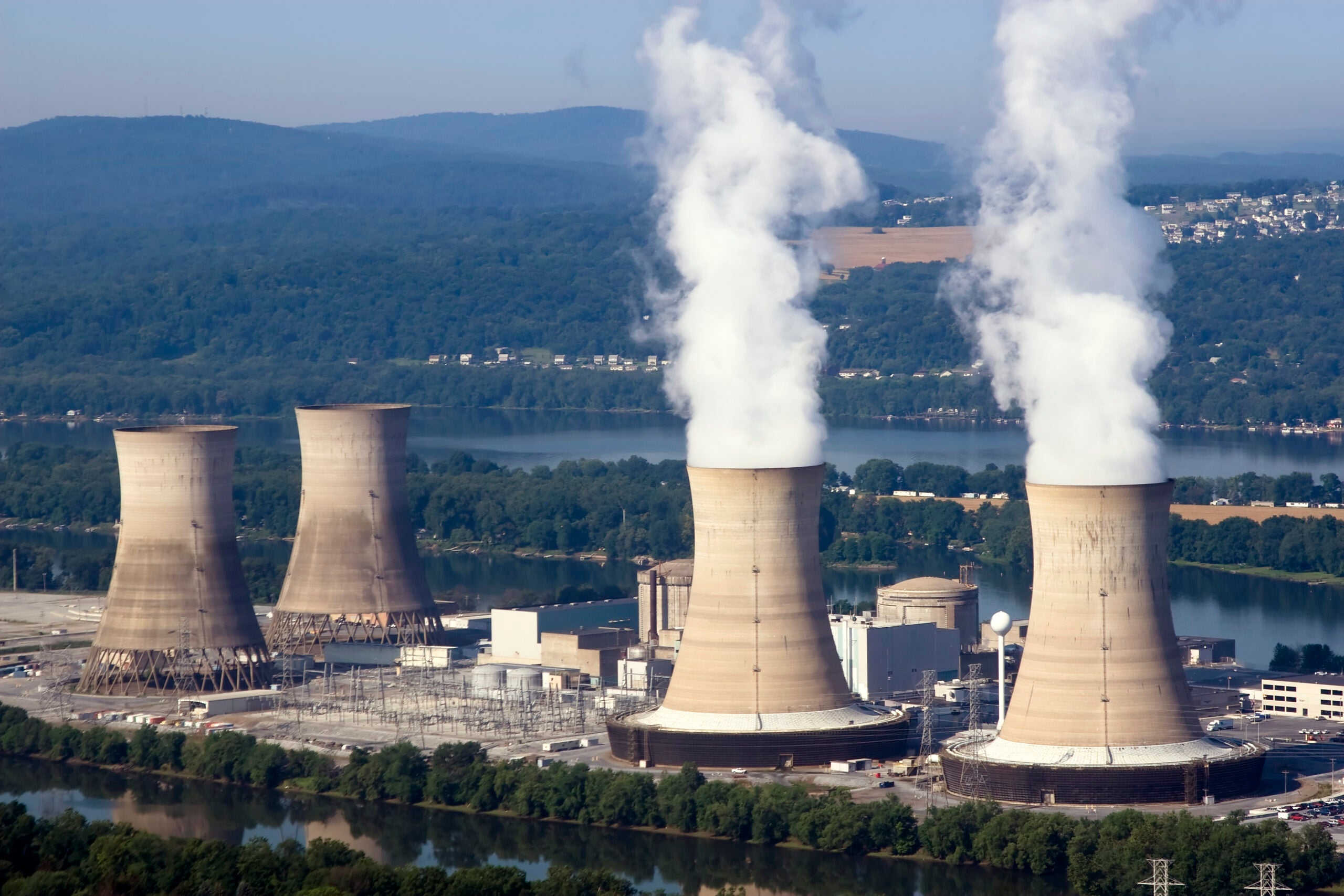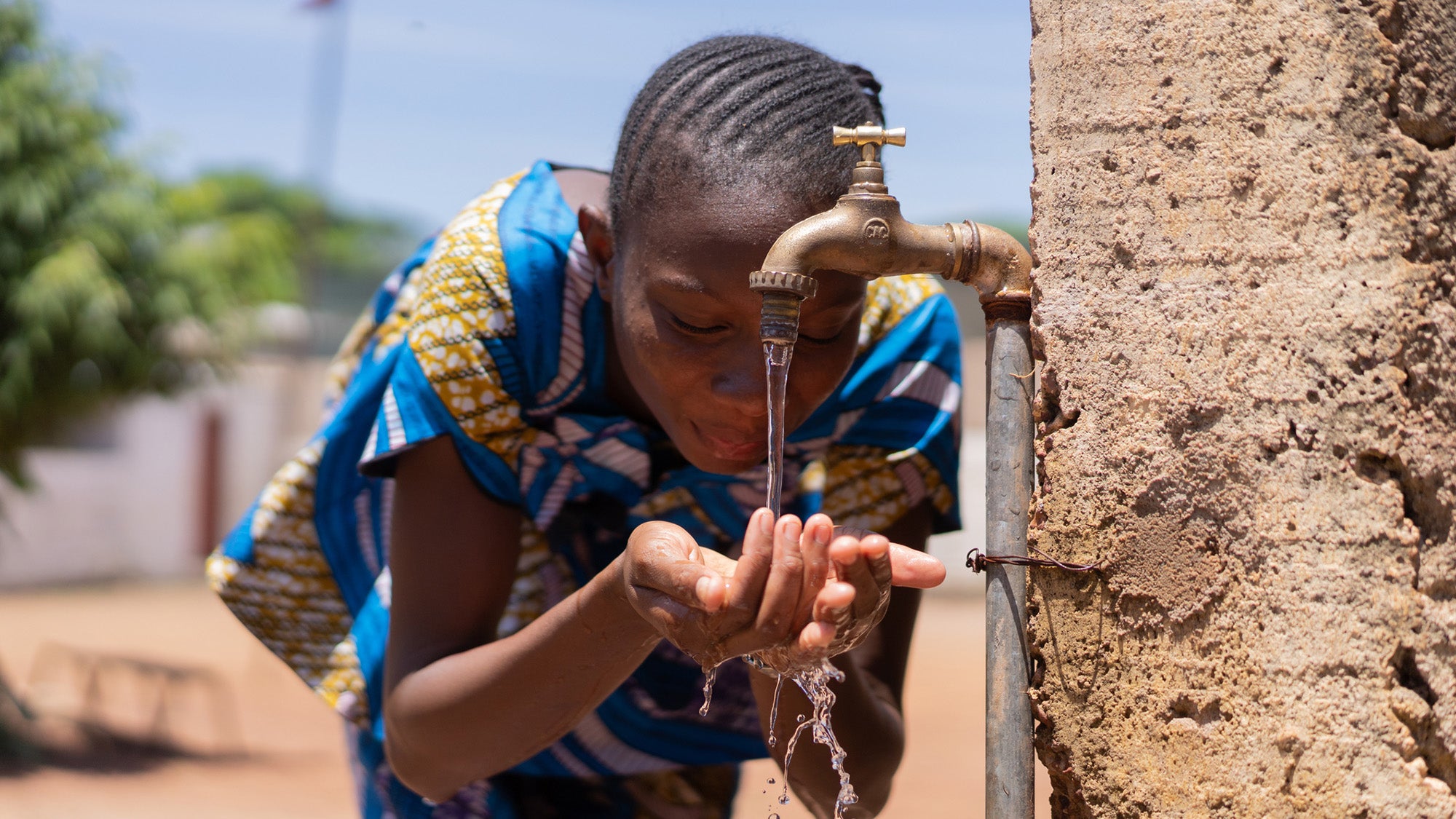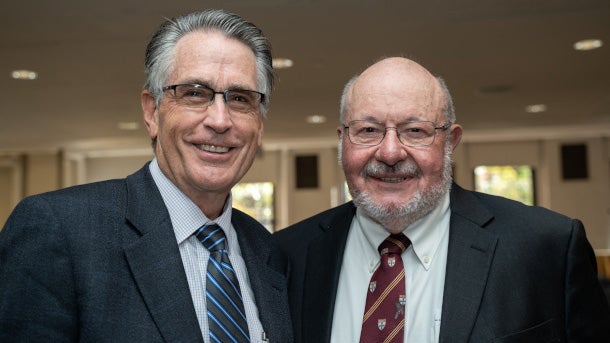Protecting workers from extreme heat in low- and middle-income countries

To protect workers from extreme heat—especially those in developing countries who are impoverished and are employed in the informal economy—safeguards must be introduced not just in workplaces, but also in homes, according to a new analysis led by researchers at Harvard T.H. Chan School of Public Health.
The paper was published Nov. 4 in The BMJ, and was led by Robert Meade, postdoctoral research fellow in the Department of Epidemiology. Other Harvard Chan co-authors included Jennifer Leaning, Caroline Buckee, and Satchit Balsari.
Recognizing the growing threat of extreme heat, governments around the world are beginning to require that employers help employees cool off on the job, through protections including additional rest breaks, hydration stations, limiting or prohibiting work during peak heat hours, and acclimatization programs. While these strategies are important, they’re also incomplete, the researchers say—primarily because they don’t reach everyone.
In developing countries, up to 98% of the workforce is informally employed—working in jobs outside government regulation—and therefore unprotected, the researchers noted. And more and more workers around the world are employed in short-term, flexible jobs in the “gig economy,” in which breaks translate directly to lost earnings. Furthermore, the researchers added, many of these informal economy and gig workers live in homes without adequate ventilation or cooling mechanisms—meaning there’s no relief from extreme heat at any point during the day.
After examining studies on the effects of extreme heat in low- and middle-income countries, and reanalyzing temperature and economic data, the researchers concluded that “one of the strongest protections for workers, especially those falling outside the scope of formal regulations, is to ensure cooler living conditions.” This can be accomplished through immediate improvements to homes like “cool roofs”—which reflect sunlight and absorb more heat than conventional roofs—and ventilation ports, as well as through longer-term investments in the construction of climate-resilient homes.
But what’s most critical to all of these solutions, according to the researchers, is the input of those most severely threatened by extreme heat. Most research on the physiological, epidemiological, and economic impacts of extreme heat has been conducted in wealthy countries, leaving scientists and policymakers underprepared to tackle these issues in the countries where they’re most severe.
“Evidence generating collaborations between communities and scientists will help optimize limited investments by identifying adaptation solutions that are most meaningful to those at risk,” the researchers wrote. “Policies and solutions grounded in contextually intelligent evidence from within at-risk communities are more likely to be adopted, sustained, and effective over time.”
Read the analysis in The BMJ
Responding to rising heat in workplaces and homes of low income workers


